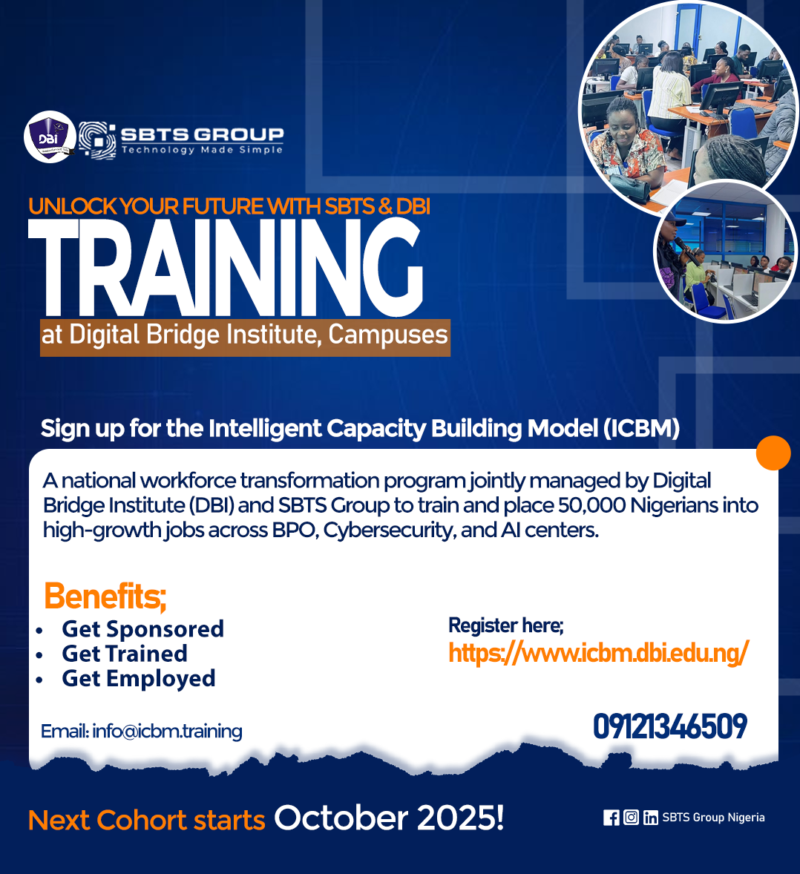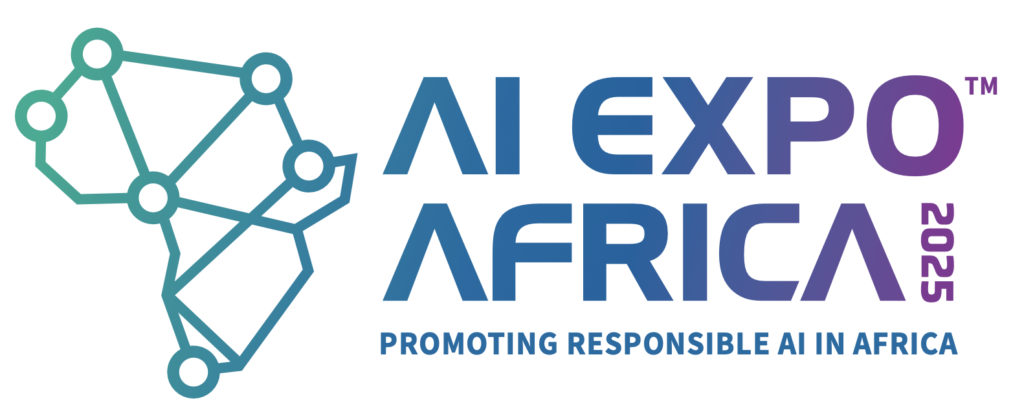By Reshaad Sha, Executive Chairman at Sentiv
Across Africa, business leaders are facing a new challenge. As operations expand and operate in mission-critical environments, they require communication networks that provide more than just basic connectivity. They must drive efficiency, reduce risk and enable instant decision-making.
RELATED: Intelligent connectivity critical to boost competitive vitality and organisational adaptability
Whether in utilities, transport, mining, energy, or public safety, robust communication infrastructure has evolved from a support function to a critical business asset essential for operational resilience and workforce safety.
Legacy narrowband systems such as TETRA and DMR have long served mission-critical environments with dependable voice services. However, their limited ability to offer data, video and telemetry has begun to constrain modern operations. Today’s enterprises require more. They need infrastructure that supports real-time video feeds, IoT-driven insights, AI-enhanced analytics, and mobile collaboration without sacrificing reliability.
At Sentiv, formerly Atron Nexus, we believe that connectivity is the foundation of modern infrastructure. To meet the growing demand for reliable, high-performance communication, we are delivering next-generation hybrid critical networks that combine the trusted reliability of narrowband systems with the speed and capacity of 4G and 5G broadband. This approach is fast becoming the standard for mission-critical communications, and Sentiv is well-positioned to lead its rollout across Africa’s most demanding operational environments.
Bridging narrowband and broadband to build intelligent operations
Hybrid networks enable organisations to continue using their reliable radio systems, such as TETRA or DMR, for voice communication, while also leveraging the benefits of faster mobile networks like 4G and 5G. This means workers can stay connected at all times – whether they’re using radio or mobile data- with their devices automatically switching between networks depending on where they are or what the job requires.
Sentiv’s hybrid architecture supports a range of advanced services that narrowband systems alone cannot deliver. For example, field personnel can stream live video, transmit real-time telemetry, access centralised data dashboards and share high-resolution images. At the same time, they remain connected via secure, low-latency voice channels to ensure clarity and command in high-pressure scenarios.
This dual-mode capability is proving its value globally. Organisations such as the Vatican Gendarmerie, private security operators in the United Kingdom and Hong Kong’s MTR Light Rail have implemented hybrid systems to improve operational visibility, enhance safety and reduce incident response times. Sentiv is using this global innovation for African realities, combining international technology partnerships with a deep understanding of our continent’s infrastructure challenges.
Strategic migration, not disruption
Updating old communication systems is one of the toughest challenges for industries that run on non-stop operations. The risks of downtime and the cost of full replacement often stall progress. Sentiv offers a smarter path forward. Its enterprise-grade platform enables seamless, strategic migration by supporting both legacy and next-generation networks, integrating voice, data, and analytics into a single, unified layer. Fully device-agnostic and built for high availability, Sentiv empowers organisations to modernise without operational disruption.
Positioning for sustainable growth
The enterprises that will lead Africa’s next decade of growth are those willing to invest in infrastructure that doesn’t just support operations but also enables transformation. Hybrid critical networks offer exactly that – an infrastructure foundation that is both resilient and scalable, capable of adapting to emerging technologies without requiring wholesale replacement.
Here are key actions enterprise leaders should consider when unlocking agility through hybrid critical networks:
- Assess infrastructure readiness across sites
Sentiv invites forward-looking leaders to engage in a hybrid readiness consultation where we evaluate existing communication systems, coverage gaps and operational demands to identify where hybrid integration can deliver the most value without disrupting core functions.
- Align technology strategy with business imperatives
Ensure the adoption of hybrid networks supports broader goals such as improving response times, enabling real-time data access, enhancing worker safety, and reducing downtime.
- Adopt a phased and scalable deployment model
Implement hybrid connectivity in stages to minimise risk, control costs and allow teams to adapt gradually—starting with high-priority or high-risk operations and scaling over time.
Hybrid critical networks offer a proven path to achieving this agility by combining reliability with scalability and enabling real-time decision-making at every level of the organisation. For Africa’s enterprise leaders, the mandate is clear. The future belongs to those who view connectivity not merely as infrastructure, but as a core driver of performance, resilience, and competitive intelligence.































